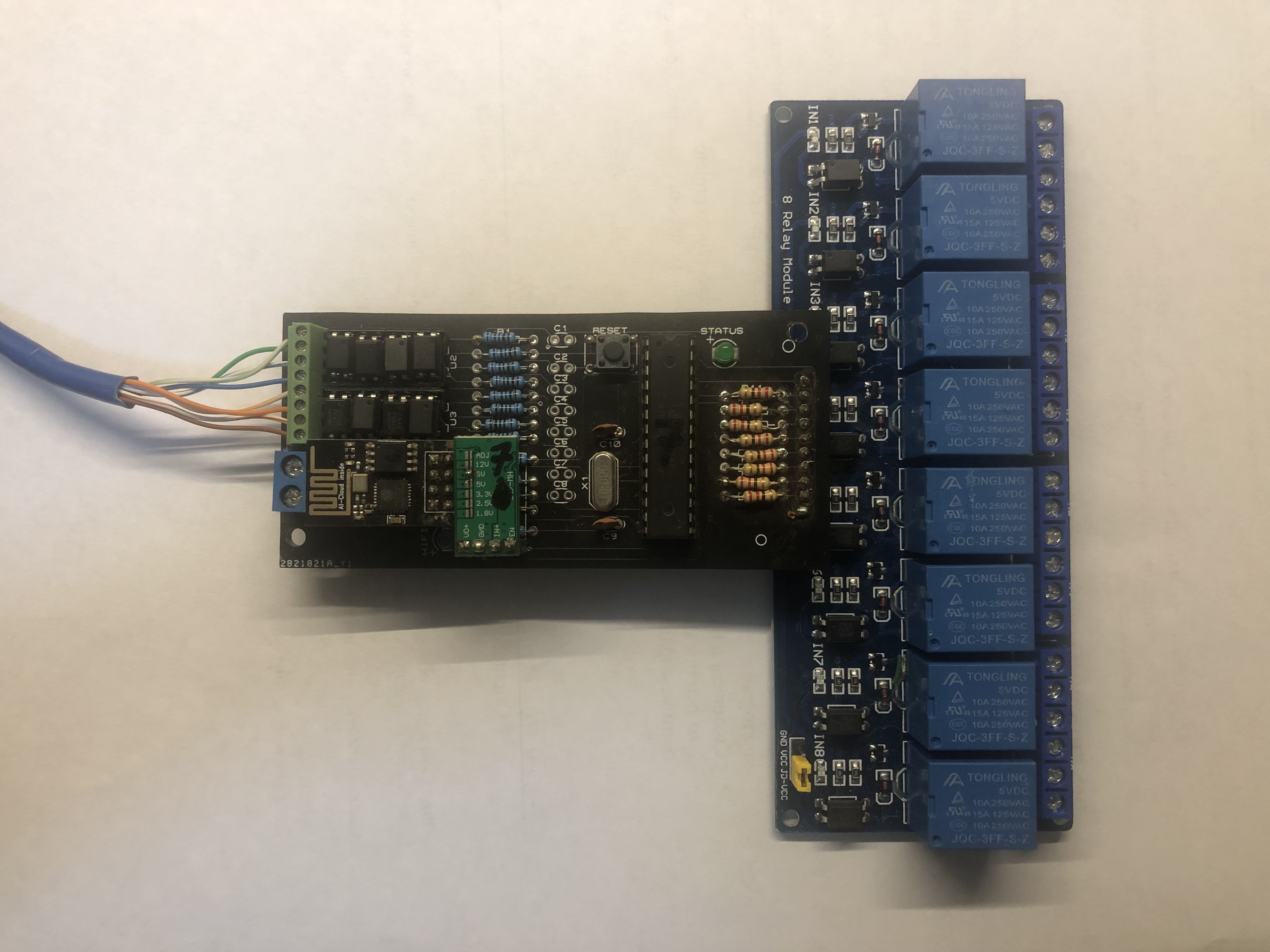Right Angle and Differential Traces, Serpentine Lines in PCB Layout
Published on 12/25/2018 10:01:42 AM
Description
<p> <span style="font-family:"font-size:16px;"><a href="https://www.allpcb.com/pcb_layout.html" target="_blank"><span style="font-family:"font-size:16px;">Layout</span></a><span style="font-family:"font-size:16px;"> is one of the most basic work skills of PCB design engineers. The quality of the trace will directly affect the performance of the entire system. Most high-speed design theories will eventually be implemented and verified by Layout. It can be seen that the wiring is crucial in high-speed PCB design. The following will analyze the rationality of some situations that may be encountered in actual wiring, and give some more optimized routing strategies.</span></span> </p> <br /> <p> <strong><span style="font-size:16px;font-family:"">Right Angle</span></strong> </p> <p> <strong><br /> </strong> </p> <p> <span style="font-size:16px;font-family:""><span style="font-family:"font-size:16px;">Right angle tracks are mostly often needed during </span><strong><span style="font-family:"font-size:16px;">PCB design</span></strong><span style="font-family:"font-size:16px;"> and are almost one of the standard for measuring cable quality. </span></span> </p> <p> <br /> </p> <p> <span style="font-size:16px;font-family:"">Can you guess how much impact does a trace with the right angle will have on the signal transmission? In general, a right-angled stroke will change the track width of the transmission lines, which will cause the impedance to be not consistent.as a matter of fact, not only the line of the right angle, but also the angle and the sharp line will cause the impedance change accordingly. </span> </p> <p> <br /> </p> <span style="font-size:16px;font-family:"">The effect of the right-angled line on the signal is mainly reflected in three aspects:</span><br /> <span style="font-size:16px;font-family:"">First, the corner can be equivalent to the capacitive load on the transmission line, slowing down the rise time;</span><br /> <span style="font-size:16px;font-family:"">Second, the impedance discontinuity will cause signal reflection;</span><br /> <p> <span style="font-size:16px;font-family:"">The third is the EMI generated by the right angle tip.</span> </p> <p> <br /> </p> <p style="text-align:center;"> <img src="https://file.allpcb.com/bbs/18/12/25/095250531.png" alt="right angle" /> </p> <br /> <p> <span style="font-size:16px;font-family:"">The parasitic capacitance from the right angle of the transmission line can be calculated by the following empirical formula:</span><span style="font-size:16px;font-family:"">C=61W(Er)[size=1]1/2[/size]/Z0</span> </p> <p> <span style="font-size:16px;font-family:""><span style="font-family:"font-size:16px;">With the given format, C refers to the equivalent capacitance of the corner (unit: pF), and W is the width of the </span><a href="https://www.allpcb.com/pcb_trace_width_tolerance.html" target="_blank"><span style="font-family:"font-size:16px;">trace</span></a><span style="font-family:"font-size:16px;"> (unit: inch), εr is to the dielectric constant of the medium, Z0 is the characteristic impedance from the transmission line. Take it as a example, for a 4Mils 50 ohm transmission line (εr is 4.3), the capacitance at a right angle is about 0.0101 pF, so in turn it can estimate the resulting rise time variation:</span></span><span style="font-family:"font-size:16px;"> </span><span style="font-family:"font-size:16px;">T10-90%=2.2*C*Z0/2 = 2.2*0.0101*50/2 = 0.556ps</span> </p> <p> <br /> </p> <span style="font-size:16px;font-family:""><span style="font-family:"font-size:16px;">And we can see from the calculation that the</span><strong><span style="font-family:"font-size:16px;"> capacitance </span></strong><span style="font-family:"font-size:16px;">effect brought by the right angle trace is very small. </span></span><span style="font-size:16px;font-family:"">As the line width of the right-angled trace increases, the impedance at that point will decrease, and a certain signal reflection phenomenon will occur. We can calculate the equivalent impedance after the line width is increased according to the impedance calculation formula mentioned in the transmission line section, and then Calculate the reflection coefficient according to the empirical formula:</span><br /> <p> <span style="font-size:16px;font-family:"">ρ=(Zs-Z0)/(Zs+Z0).</span> </p> <p> <br /> </p> <p> <span style="font-size:16px;font-family:"">Normally, the impedance change caused by a right-angled trace is between 8% and 19%, so the reflection coefficient is at most about 0.1. What is more, as can be seen from the figure below, the transmission line impedance changes to the minimum during the W/2 line length, and then returns to the normal impedance after W/2 time. The entire impedance change time is extremely short, often at 10 ps. Inside, such fast and small changes are almost negligible for general signal transmission.</span> </p> <p> <br /> </p> <p style="text-align:center;"> <img src="https://file.allpcb.com/bbs/18/12/25/095340515.png" alt="transmission line impedance" /> </p> <br /> <p> <span style="font-size:16px;font-family:"">Many people have such an understanding of right-angled lines. They believe that the tip is easy to emit or receive electromagnetic waves and generate EMI. This has become one of the reasons why many people think that they cannot be crossed at right angles. However, the results of many actual tests show that right-angled traces do not produce significant EMI than straight lines. Perhaps the current instrument performance, test level limits the accuracy of the test, but at least illustrates a problem, the radiation of the right angle trace is less than the measurement error of the instrument itself.</span> </p> <p> <br /> </p> <span style="font-size:16px;font-family:"">In a general level, right-angled lines are not as bad as you might think. At least in GHz applications, any impact such as capacitance, reflection, and EMI are almost will not to show in TDR test. The concentrate of high-speed PCB design engineers normally are on layout, power or ground design, or routing designing. And others such as vias, although the impact of the right-angled line is not very bad, it not meaning that we can go right-angle free, paying much attention to the details in the design is a very basic quality of each professional engineer. Moreover, with the fast development of digital circuits boards, the frequency of signals handled by engineers will still to be increased in near future.</span><br />
49
comment
All comments
 patumvan.a
patumvan.a
5181
0
49
Rules about cashback: 1. Valid time: ALLPCB cashback activity will end on April 1st. 2. Capped amount: The capped amount of cashback for each account is $5,000. Each order can get a maximum of $2,000 cashback. That means every author can get $5,000 max. 3. Cashback range: The cashback activity only covers the corresponding PCB order. The order amount for other combined payment products will be invalid. 4. Clicking your own promotional link will be invalid. The same email address, shipping address, contact information, and phone number are all recognized as the same account. 5. ALLPCB has the final interpretation right of the cashback activity.
ALLPCB will donate 2% to the author for this promotion link.

